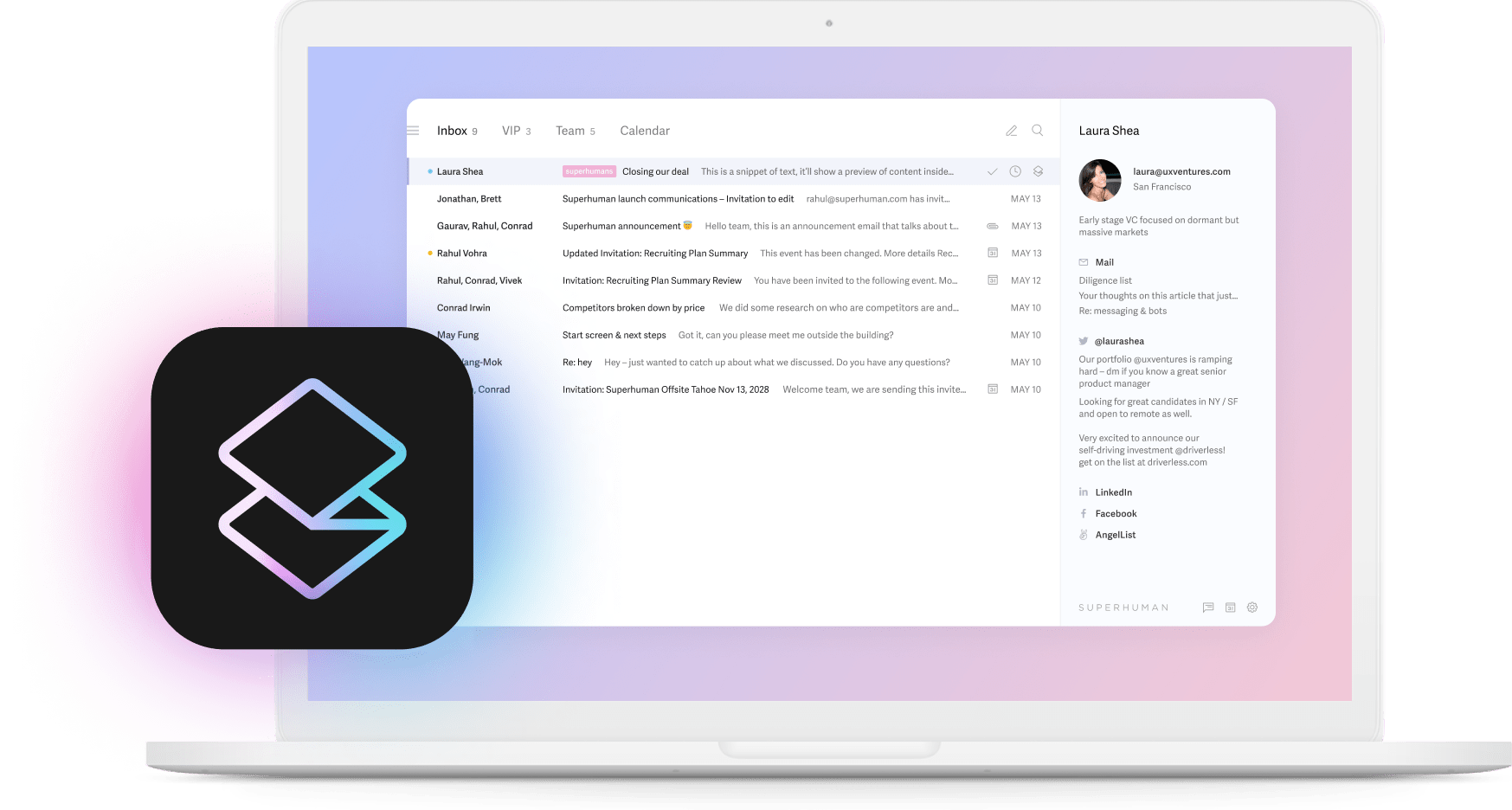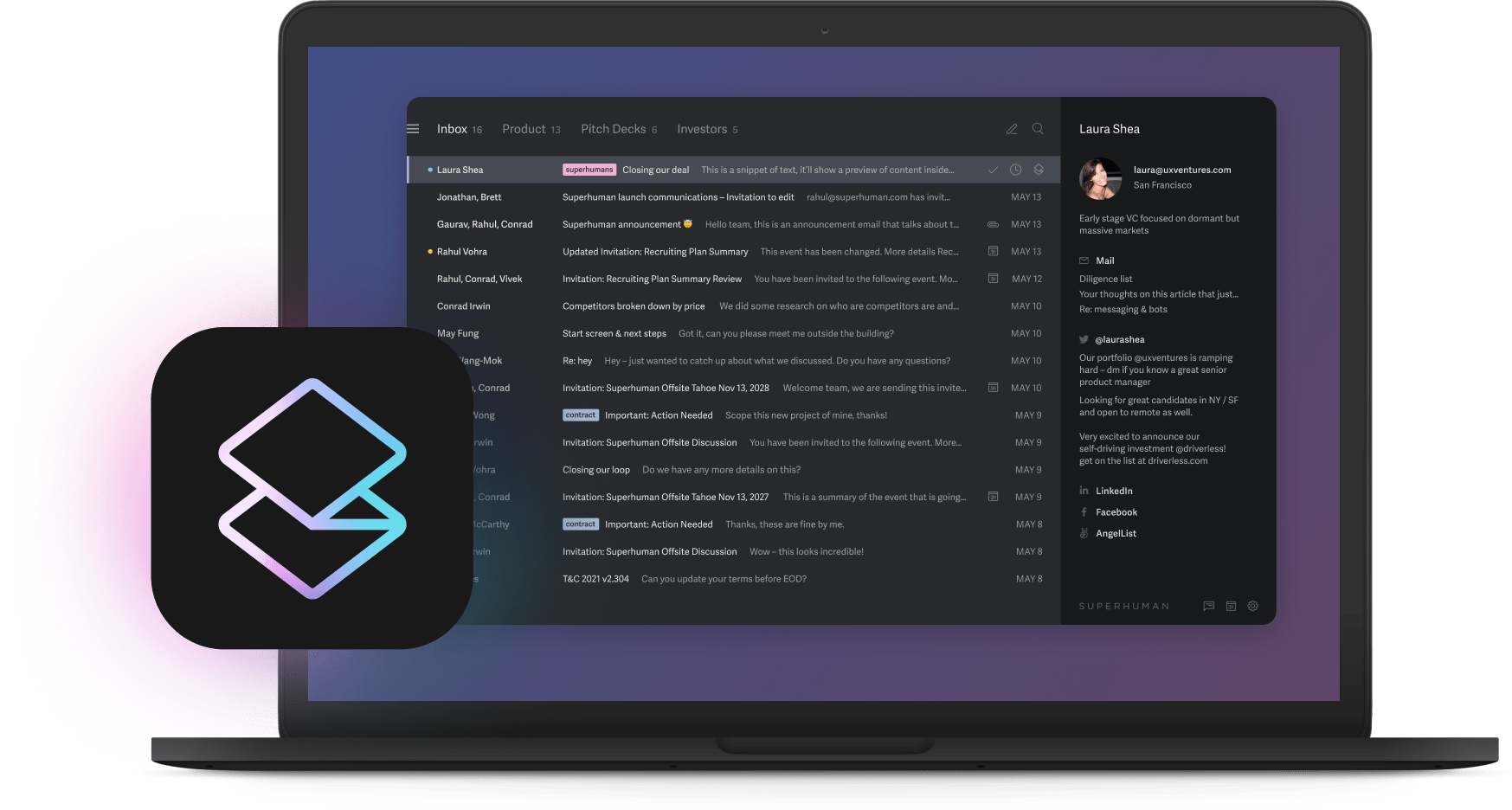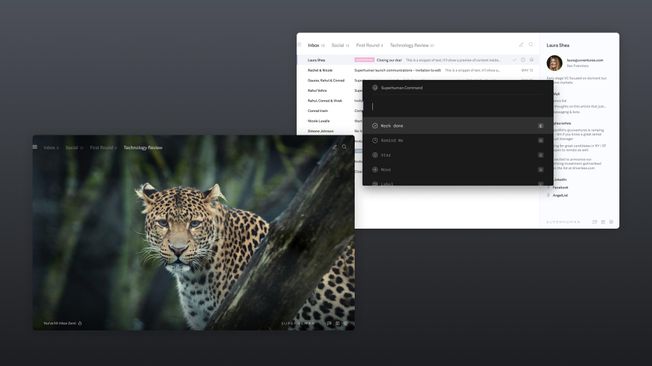
Companies are drowning in bad meetings. Unproductive meetings cost U.S. businesses $399 billion every year. Only 37% of meetings use an agenda. Executives say 67% of meetings fail completely. Just 37% of meetings result in any decision at all.
You sit through three hours of meetings today. Two of them accomplish nothing. You could have spent that time solving real problems, closing deals, or building something meaningful.
People think bad meetings are inevitable. They think the solution is better agendas or stricter time limits. But the real problem runs deeper. We don't measure what makes meetings work.
These 12 meeting effectiveness metrics will change how your team collaborates. When you start tracking what matters, meetings transform from time-wasters into decision engines. Your team moves faster, thinks clearer, and gets more done.
1. Timeliness (start and end on schedule)
Late meetings destroy everything that comes after them. When your 10 AM starts at 10:15, your 11 AM gets pushed. Your lunch meeting shifts. Your afternoon calls overlap. By 5 PM, you're running an hour behind.
This metric tracks how often meetings start and end on time. Most teams aim for under 5% late starts. That might sound strict, but punctuality cascades through your entire day.
How to measure: Calendar analytics tools like Fellow Analytics and Viva Insights log when meetings begin versus when they're scheduled. You'll see patterns quickly. Tuesday mornings always run late? Your Monday evening prep isn't working.
Quick improvements: Set 25-minute defaults instead of 30. Schedule 50-minute meetings instead of 60. Those five-minute buffers add up. Use agenda time-boxing so everyone knows what you're covering when. Superhuman's Send Later and Reminders help teams prepare materials in advance, so meetings start smoothly.
Track progress: Check your numbers weekly. Bad habits form fast, but good ones do too.
Try Superhuman2. Attendance rate
Empty seats in meetings waste money and miss opportunities. You invite eight people, five show up. Those three empty chairs represent wasted salary hours and lost perspectives.
Formula: (Attendees ÷ Invitees) × 100
Why it matters: Teams can track attendance rate, meeting length, speaking ratios, and action item count to measure meeting effectiveness. Low attendance often signals unclear meeting purposes or bloated invite lists.
Action steps: Cut your invite lists ruthlessly. Include only people who need to contribute or decide something. Mark optional attendees clearly. Right now, only 12.6% of invitees get marked as optional, but this simple step clarifies who's essential. Share detailed notes with people who miss meetings rather than requiring their presence.
3. Time planned vs. time spent
Scope creep kills meeting effectiveness. When 30-minute meetings stretch to 45 minutes, the impact extends beyond that single conversation. This metric uncovers whether teams respect time boundaries.
Calculation: Actual minutes ÷ Scheduled minutes
Acceptable variance: Most productivity experts suggest keeping deviations to 10% or less. Consistent overruns indicate poor planning or lack of facilitation discipline.
Implementation tactics: Use visible countdown timers during meetings. Appoint rotating timekeepers who aren't the meeting leader. Enforce agenda bullets with strict time allocations for each topic.
4. Agenda adherence
Structured agendas predict meeting success, yet only 37% of meetings currently use them. This metric tracks the percentage of pre-listed agenda items that get fully covered during the meeting.
Tracking methods: Use simple checkbox systems for agenda items. Tools like Fellow can roll over uncovered topics to future meetings. Viva Insights provides agenda quality signals based on preparation time.
Best practices: Circulate detailed agendas 24 hours before meetings. Time-box each agenda item with specific minute allocations. Superhuman Snippets can standardize agenda email templates across teams, ensuring consistency and saving preparation time.
5. Participation and engagement
Silent participants represent untapped insights and missed perspectives. Multiple metrics capture engagement. Talk-time distribution, chat reactions, and poll completion rates provide a comprehensive view of meeting involvement.
Current challenges: 52% of attendees lose attention within the first 30 minutes, while 73% of professionals multitask during meetings.
Healthy benchmarks: No single speaker should consume more than 40% of talk-time. At least 80% of attendees should contribute at least once during the meeting.
Measurement tools: Zoom analytics and Microsoft Teams provide speaker time breakdowns. Fellow offers real-time feedback collection during meetings.
Enhancement strategies: Rotate facilitation roles across team members. Use strategic cold-calling to draw out quieter voices. Implement real-time pulse checks with emoji reactions or quick polls.
6. Action items created
Meetings without actionable outcomes waste everyone's time. This metric counts tasks with designated owners and specific due dates that emerge from each meeting.
Quality standards: Every action item must include clear verbs, assigned owners, and realistic deadlines. Vague commitments like "we should explore this" don't qualify as trackable action items.
Capture methods: Use shared documents that everyone can access during and after meetings. Fellow's action-item tracker assigns owners and deadlines. Superhuman Follow-up Reminders can automate task management and ensure nothing falls through the cracks.
7. Action-item completion rate
Creating action items means nothing without follow-through. This metric reveals whether meetings drive organizational progress or just generate busy work.
Formula: (Completed tasks ÷ Assigned tasks) × 100 within the agreed timeframe
Target benchmark: Healthy teams maintain completion rates of 90% or higher. Lower rates indicate unrealistic goal-setting, unclear ownership, or lack of accountability systems.
Improvement systems: Implement automated nudges for approaching deadlines. Use Kanban boards to visualize task progress. Send recap emails immediately after meetings with clear next steps and owners.
8. Decisions made
Decision-making separates productive meetings from discussion sessions. This metric documents the number of clear decisions reached, optionally weighted by organizational impact.
Current reality: Just 37% of meetings result in a decision, leaving teams in endless discussion loops without resolution.
Documentation methods: Maintain shared decision logs with clear reasoning and next steps. Train note-takers to tag decisions explicitly during meetings.
Decision acceleration: When discussions exceed five minutes without consensus, identify a decision maker and move forward. This prevents meetings from becoming circular debates.
Quality benchmark: Every decision-oriented meeting should produce at least one documented choice with clear rationale.
9. Meeting ROI (cost vs. value)
Every meeting carries a hidden price tag based on attendee salaries and opportunity costs. This metric quantifies whether meetings generate value that exceeds their expense.
Cost calculation: Meeting duration × average hourly rate of all attendees
Value assessment: Rate each meeting's impact as positive, neutral, or negative based on outcomes achieved. Consider decisions made, problems solved, and alignment created.
Analysis tools: Viva Insights provides meeting cost visualization. Some organizations find that knowing the dollar amount changes behavior immediately.
Optimization approach: Conduct quarterly reviews to eliminate consistently low-ROI meetings. Challenge recurring meetings that don't drive clear business outcomes.
10. Meeting size
Large meetings exponentially increase costs without guaranteeing better outcomes. Amazon's "two-pizza rule" suggests that if you can't feed the meeting attendees with two pizzas, there are too many people present.
Cost impact: Each additional attendee increases expenses while potentially reducing individual contribution. Larger groups often default to presentation mode rather than collaborative problem-solving.
Right-sizing tactics: Designate some invitees as optional and share recordings or notes afterward. Use stand-up formats for larger groups to maintain energy and focus. Question whether observers truly need real-time participation.
11. Meeting length (duration)
Attention spans have natural limits, and meeting effectiveness typically wanes after 45 minutes. This metric tracks meeting durations and identifies patterns in time usage.
Optimization standards: Default to 25-minute and 50-minute time slots instead of traditional 30 and 60-minute blocks. This creates natural buffers for transitions and preparation.
Calendar configuration: Adjust default meeting lengths in scheduling tools to enforce shorter sessions. Many teams find that Parkinson's Law applies to meetings. Work expands to fill the available time.
12. Meeting feedback score
Continuous improvement requires participant input. Post-meeting pulse surveys provide immediate feedback on effectiveness and identify improvement opportunities before problems become patterns.
Collection methods: Use anonymous Google Forms or Fellow's quick-poll features immediately after meetings. Keep surveys short with 1-5 rating scales or simple emoji reactions.
Analysis approach: Viva Insights can correlate sentiment scores with other meeting metrics to identify which factors drive satisfaction. Look for patterns between feedback scores and measurable outcomes like decisions made or action items completed.
Action loop: Share quarterly feedback trends with teams and celebrate improvements. Use consistently low scores as signals to restructure or eliminate meetings entirely.
Turning metrics into meeting excellence
Implementing all 12 metrics simultaneously can overwhelm teams and create measurement fatigue. Start with three to four core indicators. Timeliness, attendance, decisions made, and feedback scores provide a solid foundation for improvement.
Establish baselines: Measure current performance for two weeks before setting improvement targets. This creates realistic expectations and helps teams understand their starting point.
Set realistic targets: Aim for 10-15% improvements over 90-day periods rather than dramatic overnight changes. Sustainable progress builds better habits than aggressive goals that teams abandon.
Review cycles: Track immediate metrics like timeliness weekly, while analyzing trends like ROI and feedback monthly. Quarterly reviews can identify which meetings to eliminate or restructure entirely.
Technology integration: Most organizations have the tools needed for basic measurement through calendar systems and meeting platforms. Dedicated analytics solutions like Fellow or Viva Insights provide deeper insights but aren't required for initial progress.
Teams that measure meeting effectiveness systematically create competitive advantages through faster decision-making and better resource allocation. The goal isn't perfect meetings but rather continuous improvement that compounds over time.





